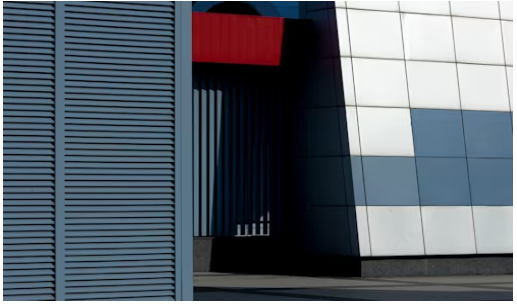In the diverse landscape of industrial manufacturing and construction, the demand for custom components is ever-present. These specialized parts, designed to fit unique operational requirements, often determine the efficiency and functionality of complex systems.
Among the various structural shapes utilized in creating these bespoke elements, metal angles play a remarkably versatile and critical role. This article will explore the multifaceted contribution of metal angles in crafting custom components across a spectrum of industrial applications.
Providing Essential Structural Support
One of the primary roles of metal angles in custom component fabrication is their ability to provide robust structural support.
Their L-shaped cross-section offers excellent rigidity and strength-to-weight ratio, making them ideal for reinforcing frameworks, creating durable brackets, and serving as corner supports in various assemblies.
Whether it’s for heavy machinery bases or lighter enclosure frames, the inherent strength of metal angles ensures the stability and longevity of the custom component, enabling it to withstand operational stresses.
Facilitating Precision Alignment and Fastening
The precise geometry of metal angles makes them invaluable for achieving accurate alignment and secure fastening in custom components. Their two perpendicular legs provide a natural reference for squaring off sections and ensuring correct orientation during assembly.
This precision is crucial in applications where even slight misalignments can lead to inefficiencies or structural failures.
Furthermore, metal angles are easily drilled, punched, and welded, allowing for seamless integration with other components through various fastening methods, thereby simplifying the overall fabrication process.
Enabling Versatile Fabrication Techniques
Metal angles are highly adaptable to a wide range of fabrication techniques, making them a go-to material for custom component creation.
They can be cut to exact lengths, mitered for precise corners, and bent to achieve specific angles or curves using standard industrial equipment.
This versatility extends to welding, where metal angles readily accept various welding processes to form strong, permanent joints with other steel or metal elements. The ease with which metal angles can be manipulated allows for intricate and complex custom designs to be realized efficiently.
Creating Frames and Mounts for Equipment
A significant application of metal angles in industrial settings is their use in fabricating custom frames and mounting structures for equipment.
From custom stands for motors and pumps to support frameworks for control panels and conveyors, metal angles provide the necessary rigidity and adaptability.
Their ability to be easily cut and assembled into bespoke dimensions ensures that machinery is securely positioned and optimally integrated within the larger system, often designed to maximize space utilization or improve accessibility for maintenance.
Enhancing Safety Features and Protective Elements
Beyond structural support, metal angles are frequently employed in the creation of custom safety features and protective elements.
This includes fabricating guard rails, protective barriers around moving parts, and custom enclosures that shield sensitive equipment from environmental factors or accidental damage.
The strength of metal angles provides a reliable physical barrier, while their customizable nature allows for designs that perfectly integrate with existing machinery or facility layouts, enhancing workplace safety and equipment longevity.
Cost-Effectiveness and Material Availability
From a practical standpoint, metal angles offer a cost-effective solution for creating custom components. They are widely available in various materials, including steel, aluminum, and stainless steel, allowing for material selection based on specific application requirements and budget constraints.
Their standardized dimensions and ease of processing minimize fabrication time and material waste, contributing to overall project economy.
The combination of availability, workability, and structural efficiency makes metal angles a highly economical choice for a vast array of custom industrial applications.

